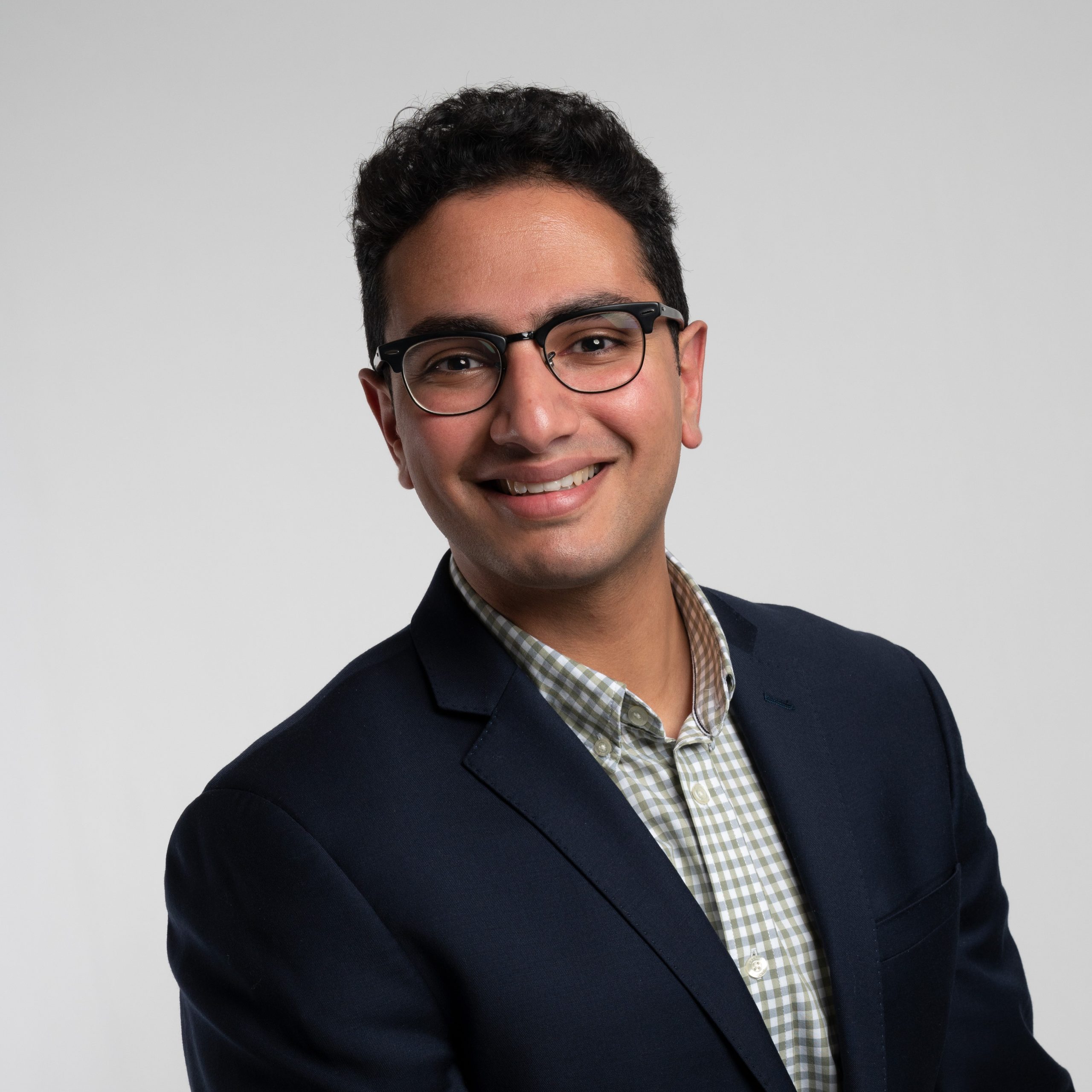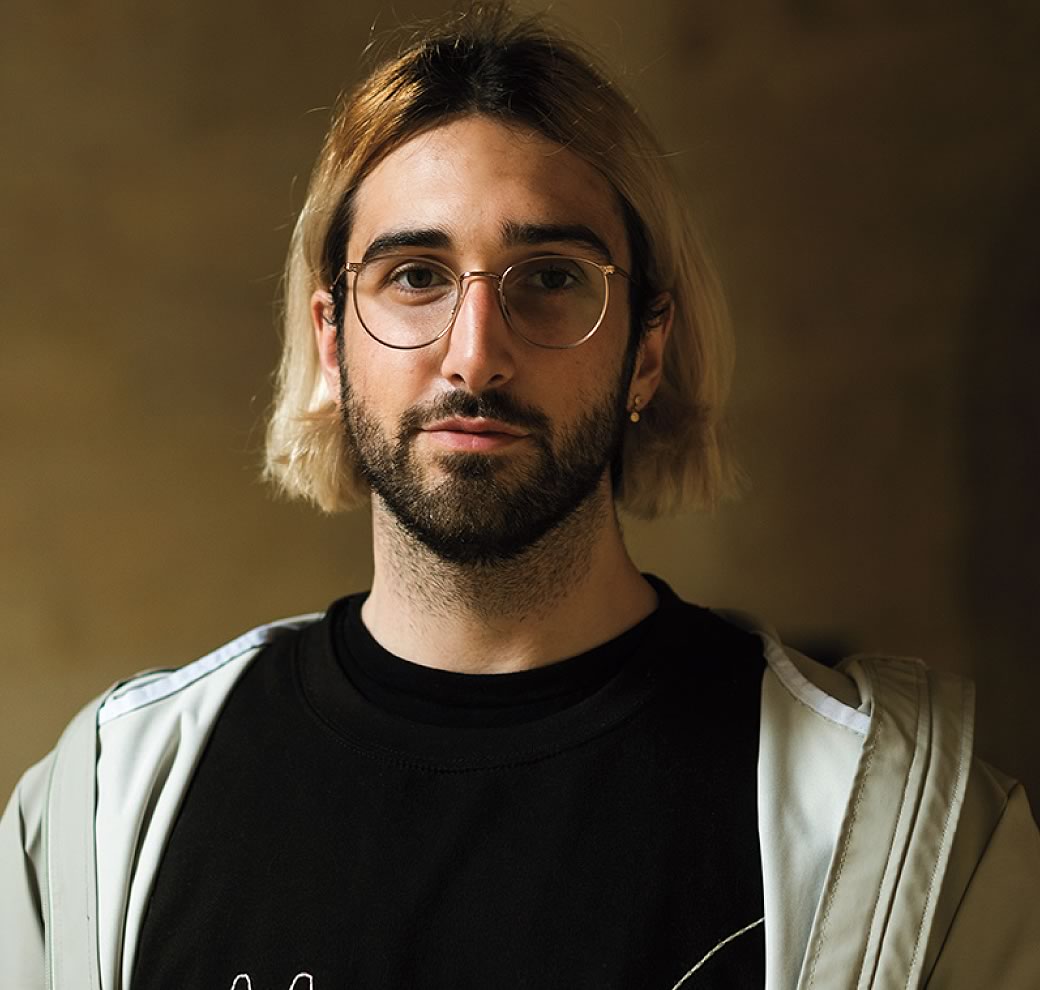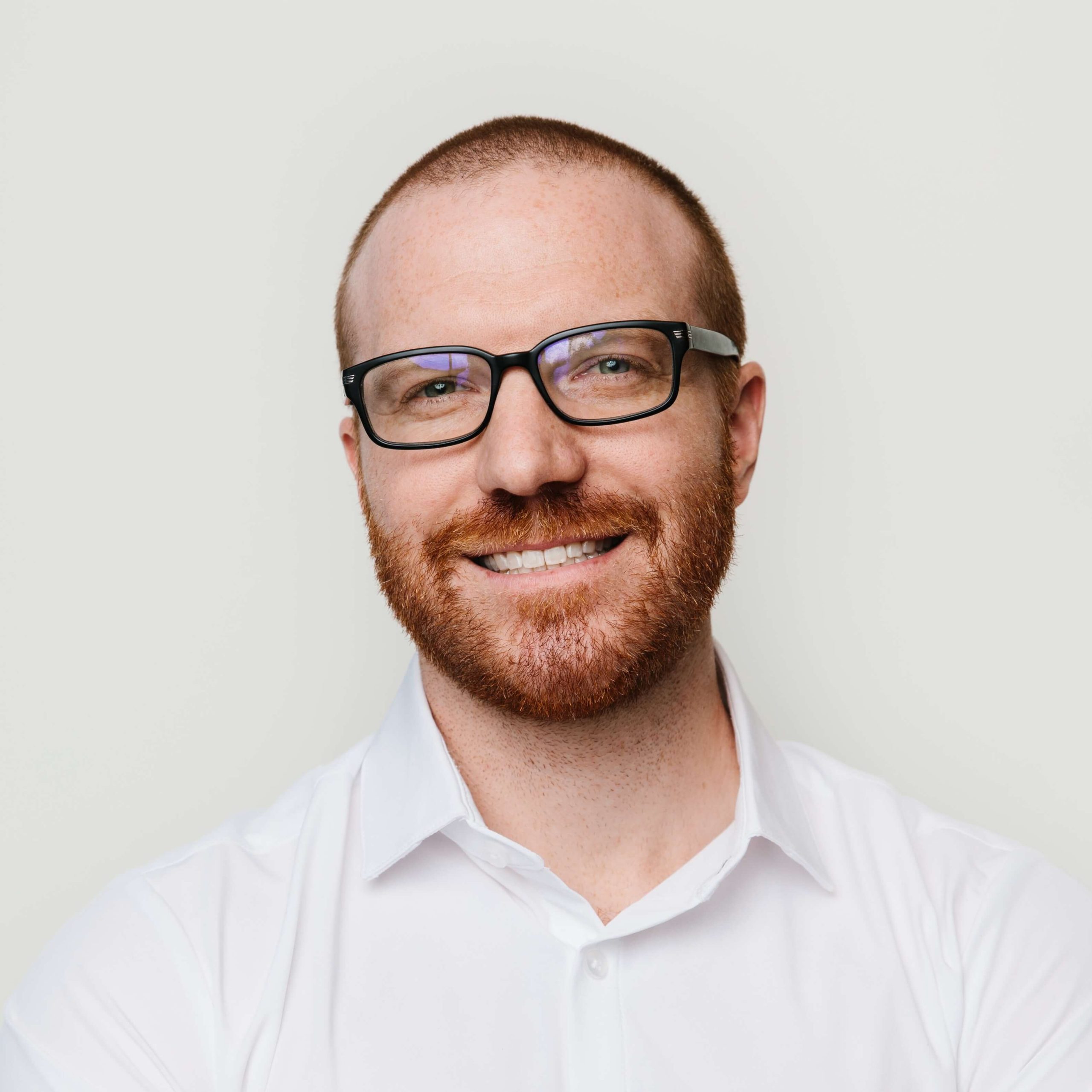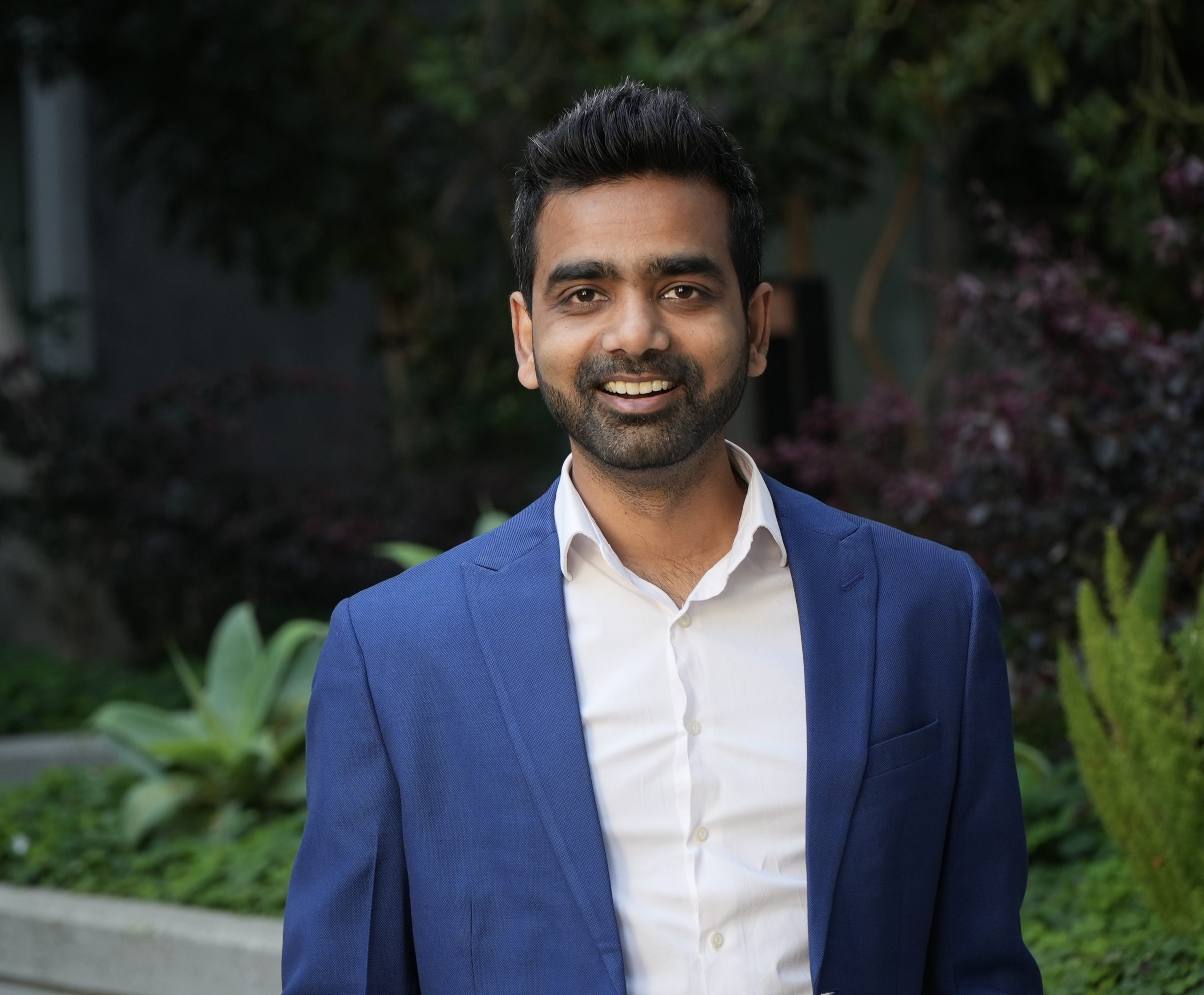My name is Tamer Mohamed and I am the CEO and co-founder of Aspect Biosystems. I am a bioengineer by training, having attended the University of British Columbia for biomedical engineering as well as electrical and computer engineering. I still love digging into engineering and technical challenges but I now spend most of my time building and supporting our world-class team and advancing our mission to develop bioprinted tissue therapeutics.
Aspect Biosystems is a biotechnology company based in Vancouver, Canada that is pioneering the development of bioprinted tissue therapeutics to transform the treatment of disease. We are creating these next generation cell therapies by applying our full-stack tissue therapeutic platform, which combines our proprietary bioprinting technology, therapeutic cells, biomaterials, and computational design. These implantable cell-based therapies are designed to replace, repair, or supplement biological function inside the body that have been lost or damaged due to disease, with the ultimate goal of treating currently incurable diseases such as type 1 diabetes as well as genetic and acquired liver diseases.
We have a team of 80+ and are growing rapidly. We have raised over $150 million to-date and have a strong intellectual property portfolio including over 80 patent filings.
In Spring 2023, we announced a US$2.6B+ partnership with biopharma giant Novo Nordisk to develop bioprinted tissue therapeutics for diabetes and obesity. This is the largest deal in bioprinting history as well as the largest preclinical deal in Canadian history.
At Aspect, we are using AI in two key ways:
1) Improving the quality of our complex biomanufacturing process. Creating highly regulated products such as cellular medicines requires a high degree of sophistication in how we manufacture them, ensuring we have control over the process. AI and machine vision (MV) lend themselves well to this problem and allow us to monitor and control the process so we can guarantee consistent results.
2) Enabling generative tissue design. We are using the data we accumulate to potentially go from specifying functional outcomes to input design parameters. The design space is so large and in many instances, it’s not obvious how to get to the desired outcome. So, AI can provide solutions that would be difficult for humans to come up with.





